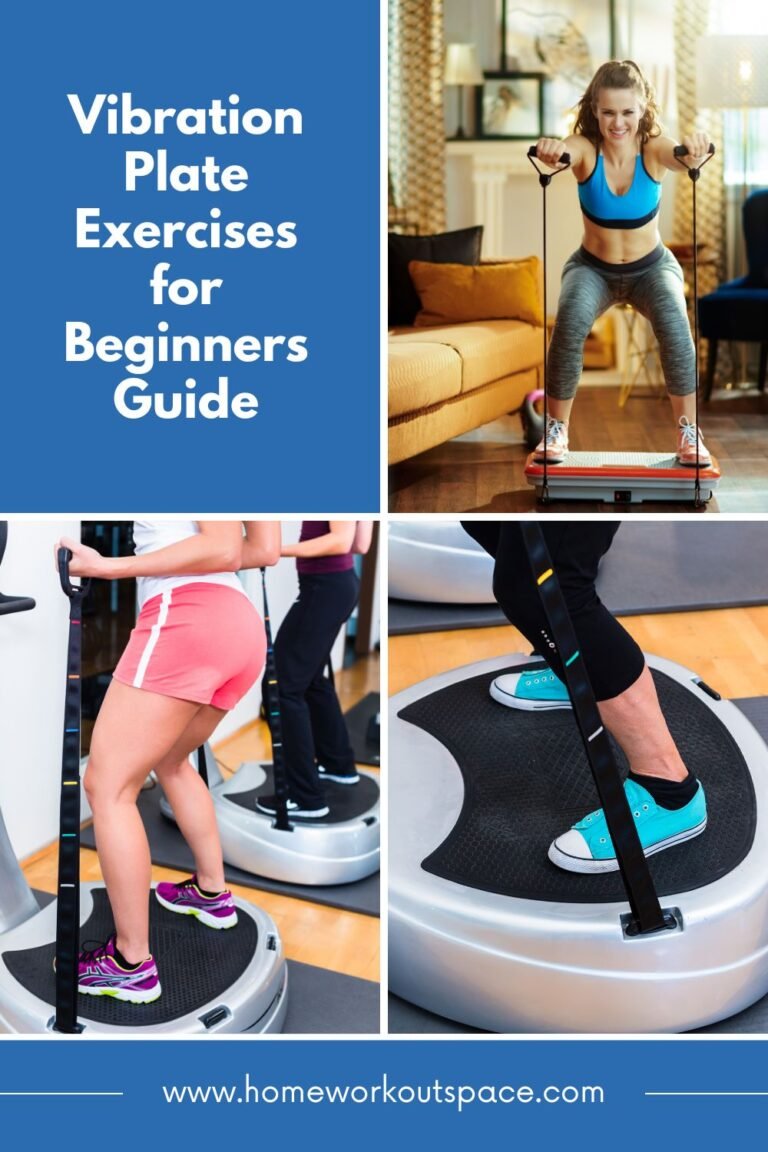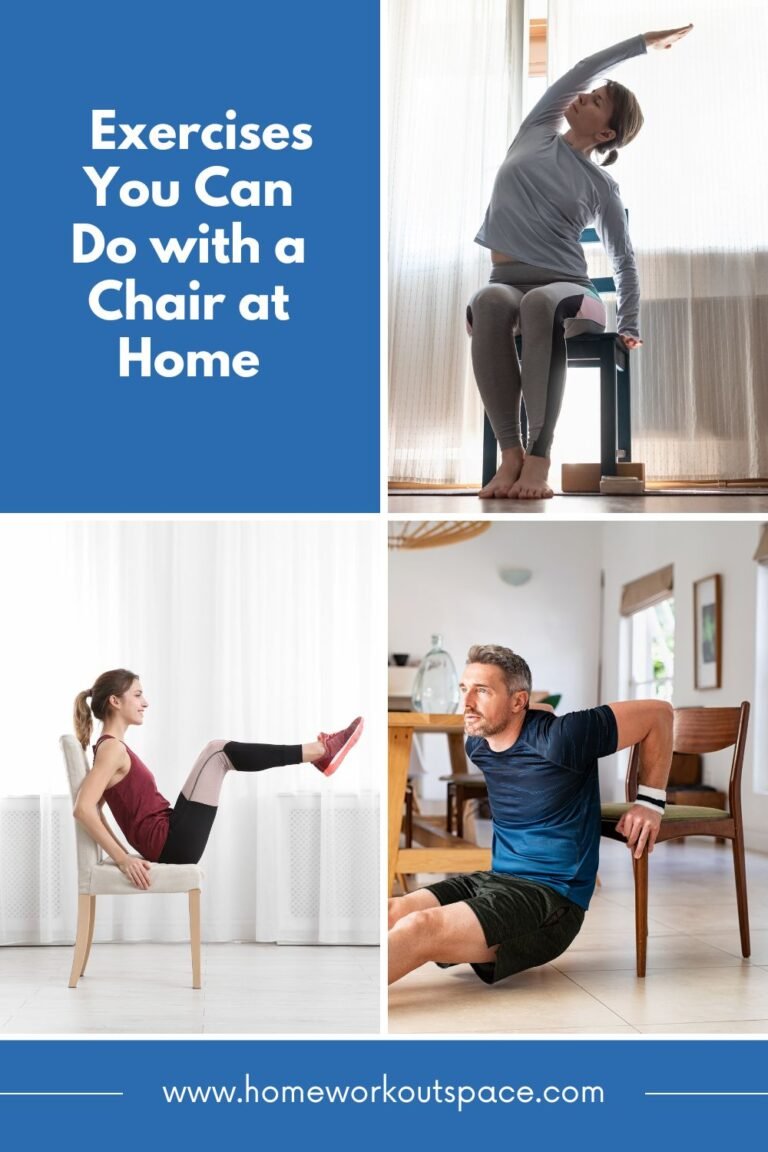Guide to Tai Chi Workouts at Home: Techniques and Benefits
Tai Chi, the ancient Chinese mind-body practice, has been gaining immense popularity in recent years due to its numerous health benefits.
This low-impact, graceful form of exercise combines flowing movements, deep breathing, and mental focus, making it an ideal choice for people of all ages and fitness levels.
Whether you’re a beginner or an experienced practitioner, performing Tai Chi workouts at home can be both rewarding and convenient.
Natural Supplements To Help Support Your Home Workouts
✅ Increase Your Pumps And Performance
✅ Promote Muscle Growth And Boost Energy
✅ For Powerful Muscle Growth
✅ Pack On Lean Muscle
✅ Next-generation Fat Burner
✅ Supergreens For full spectrum nutrition
Understanding Tai Chi: A Harmonious Blend of Mind, Body, and Spirit
Tai Chi is often referred to as a moving meditation because it integrates physical exercise with mindfulness and mental focus. This holistic approach to well-being has its roots in traditional Chinese philosophy and martial arts.
The gentle, flowing movements are designed to improve flexibility, balance, and strength, while the emphasis on deep breathing and mindfulness helps to reduce stress and promote overall relaxation.
Benefits of Tai Chi Workouts at Home
Incorporating Tai Chi workouts into your home fitness routine can offer a wide range of physical, mental, and emotional benefits:
Physical Benefits
- Improved balance and coordination
- Increased muscle strength and flexibility
- Better joint mobility and range of motion
- Enhanced cardiovascular health
- Reduced risk of falls and injuries, especially in older adults
Mental and Emotional Benefits
- Reduced stress and anxiety levels
- Improved concentration and mental clarity
- Enhanced mood and emotional well-being
- Increased mindfulness and present-moment awareness
- Improved sleep quality
Setting Up Your Home Tai Chi Practice
To begin your Tai Chi journey at home, you’ll need to create a dedicated space that promotes focus and relaxation. Here are some tips for setting up your home Tai Chi practice:
- Choose a quiet, clutter-free area with enough space to move freely.
- Consider using a yoga mat or a non-slip surface to ensure stability and comfort.
- Wear loose, comfortable clothing that allows for unrestricted movement.
- Minimize distractions by turning off electronics and ensuring proper lighting.
- Consider incorporating elements that promote a calming atmosphere, such as plants, candles, or soothing music.
Essential Tai Chi Techniques for Beginners
If you’re new to Tai Chi, it’s important to learn the basic techniques and principles before advancing to more complex movements. Here are some essential techniques to get you started:
Warm-up and Breathing Exercises
- Begin with gentle stretching and warm-up exercises to prepare your body for the movements.
- Practice deep, diaphragmatic breathing, inhaling through the nose and exhaling through the mouth.
Tai Chi Postures and Movements
- Learn the foundational postures, such as the “Wuji” (Unlifted Posture) and the “Commencement Form.”
- Practice the basic Tai Chi movements, such as “Grasp the Bird’s Tail,” “Wave Hands Like Clouds,” and “Brush Knee and Twist Step.”
- Focus on maintaining proper alignment, balance, and coordination throughout the movements.
Mind-Body Connection
- Cultivate mindfulness and present-moment awareness during your practice.
- Visualize the flow of energy (chi) through your body as you move.
- Maintain a relaxed, yet focused, mental state throughout the practice.
Progressing to Advanced Tai Chi Forms and Techniques
As you become more comfortable with the basic techniques, you can gradually progress to more advanced Tai Chi forms and movements. Here are some examples:
- Yang Style 24-Step Form: A popular and widely practiced Tai Chi form consisting of 24 distinct movements.
- Chen Style: A more vigorous and martial arts-oriented style of Tai Chi, known for its low stances and spiral movements.
- Sword and Fan Forms: These forms incorporate the use of traditional Tai Chi weapons, such as swords and fans, adding an extra layer of complexity and coordination to the practice.
Integrating Tai Chi into Your Daily Routine
To reap the maximum benefits of Tai Chi, it’s essential to make it a consistent part of your daily routine. Here are some tips for integrating Tai Chi workouts into your schedule:
- Start with shorter sessions (15-20 minutes) and gradually increase the duration as you become more comfortable.
- Practice Tai Chi in the morning to energize your day or in the evening to unwind and relax.
- Consider joining an online Tai Chi class or following instructional videos to ensure proper form and guidance.
- Invite family members or friends to join you in your Tai Chi practice, making it a social and enjoyable activity.
Modifying Tai Chi for Specific Needs
The beauty of Tai Chi lies in its adaptability to various physical conditions and limitations. Whether you’re recovering from an injury, managing a chronic condition, or simply looking to modify the practice to suit your needs, Tai Chi can be tailored accordingly:
- For those with limited mobility or balance issues, focus on gentle, seated Tai Chi movements or use a chair for support.
- If you’re recovering from an injury, consult with a healthcare professional or Tai Chi instructor to modify movements and avoid aggravating the affected area.
- Pregnant women can practice adapted Tai Chi forms that accommodate their changing body and avoid strenuous movements.
Combining Tai Chi with Other Wellness Practices
Tai Chi can be seamlessly integrated with other wellness practices to enhance your overall well-being. Consider combining Tai Chi with:
- Meditation and mindfulness practices for enhanced mental clarity and stress reduction.
- Yoga or Pilates for increased flexibility, strength, and body awareness.
- Qi Gong or other energy-based practices for cultivating internal energy and balance.
Resources for Learning and Practicing Tai Chi at Home
With the increasing popularity of Tai Chi, there are numerous resources available to help you learn and practice this ancient art at home:
- Online classes and instructional videos from reputable sources (e.g., Tai Chi instructors, fitness platforms)
- Tai Chi Books and manuals that provide step-by-step guidance on Tai Chi forms and techniques
- Mobile apps that offer Tai Chi routines, instructions, and tracking features
- Local Tai Chi groups or communities that offer virtual or outdoor classes
By exploring these resources and embracing the principles of Tai Chi, you can embark on a transformative journey towards improved physical, mental, and emotional well-being, all from the comfort of your own home.








